Characteristics of flavor and taste of Asalia coffee beans according to the grading standard of Kenyan coffee beans
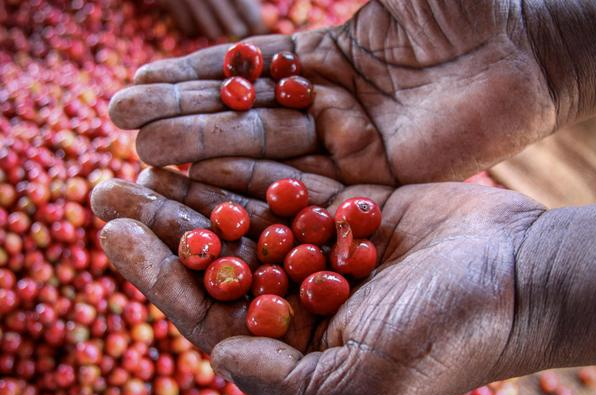
Kenya, near the "birthplace of coffee" Ethiopia, Kenyan coffee is very acidic, usually showing dark berry tone, tomato-like sour and sweet juicy feeling will also appear in it, and the flavor is relatively high. It is now a popular producing area in the boutique coffee market. Do you know why the sour taste of Kenyan coffee is so different?
First of all, it is closely related to the growing environment of Kenyan coffee.
Kenya is located at low latitudes, stretching north and south by the East African Rift Valley and rising gradually from the west of the host country. Most areas have a savanna climate, the coastal areas are hot and humid, and the plateau climate is very suitable for coffee cultivation. Coffee is mainly grown in volcanic areas around the mountains of Kenya at an altitude of 1600-2100 meters. Due to the low temperature and slow growth in the mountain area, the aroma components of coffee beans have been fully developed, resulting in its main features are distinctive fruit aromas, such as berries and black brin.

The main coffee producing areas in Kenya are six major producing areas, including: Thika, Kirinyaga, and the western side of Mount Kenya (Mt. Kenya West, Nyeri, Kiambu, Muranga. The Kenyan coffee beans on the front street store list are from the Thika producing area.
Sika producing areas are planted between 1550 and 1750 meters above sea level. Sika is a small town in Nairobi, the capital of Kenya. There are many coffee fields around Nairobi, and Sika is an industrial town, but surrounded by agriculture and waterfalls. There are about 2000 farmers in Sika. Qianjie determined by cup test that the flavor of the producing area has bright acidity, thick berry juice and honey-like sweetness.

Exquisite washing treatment adds icing on the cake to Kenyan coffee
According to Qianjie Coffee, different from the water washing treatment of neighboring Ethiopia, the Kenyan water washing method is a cycle of repeated treatment after fermentation, also known as Kenyan 72-hour fermentation water washing treatment, referred to as K72.
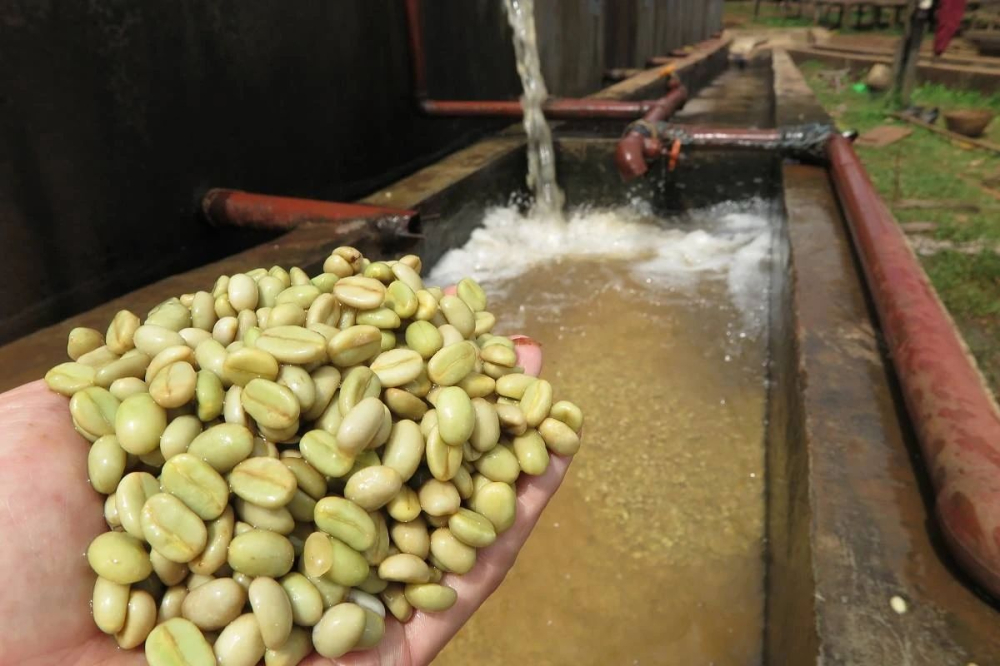
After receiving the high-quality ripe coffee cherries on the same day, peel and beat immediately and ferment in the fermentation tank for 24 hours. Wash with plenty of clean river water immediately after the end of the first 24 hours. Then, ferment again with clean river water for 24 hours. After the second 24 hours, repeat the previous step to 72 hours. Because the whole washing process takes 72 hours. This treatment allows coffee beans to ferment for a long time at low temperature, so that beans can have a brighter, cleaner but full flavor! The Kenyan Asalia coffee beans on the front street are treated with K72 water washing.
Kenya coffee beans are classified by size, to some extent, it is also considered that the quality is directly related to the quality, the best is AA, followed by AB. The advantage of dividing by size is that after breeding, the large grains of coffee beans represent fullness, high quality, and are also very friendly to baking. In this way, we can ensure the unity of the quality of Kenyan coffee. Although we can still horizontally distinguish the specific flavor differences of Neri, Kirin Yajia, Kiambu and other producing areas, they are generally bright sour, small tomato and berry-like flavors with Kenyan characteristics.
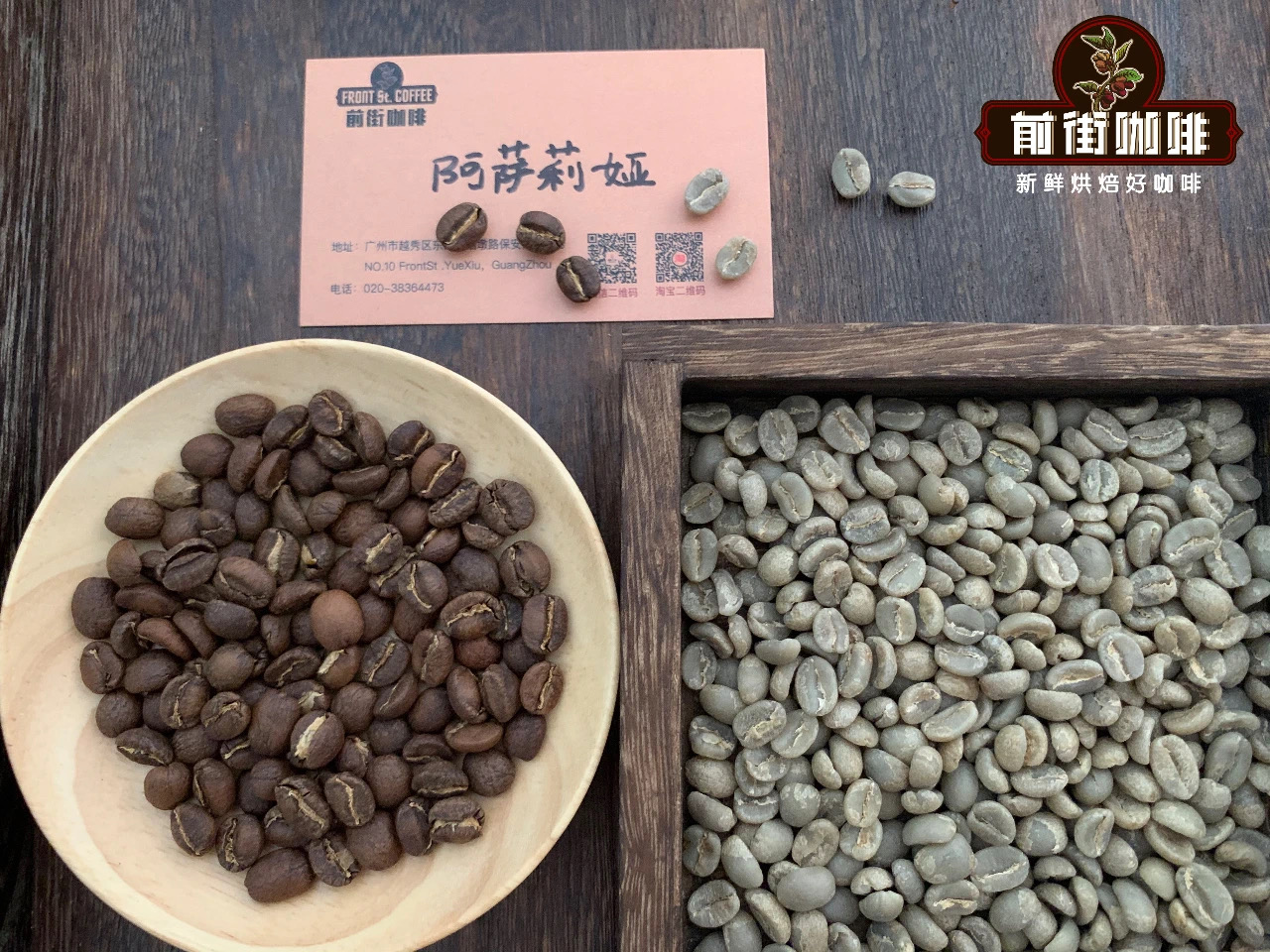
Kenyan Coffee varieties the most famous coffee varieties in Kenya are SL28 and SL34. Kenya Asaria Coffee launched in Qianjie contains only SL28 and SL34.
The full name of SL is "Scott Laboratories", which is translated into Chinese as "Scott Lab". A variety of SL varieties were developed in Scott laboratory. 42 varieties from different habitats were selected and their yield, quality, drought resistance and disease resistance were compared. After numbering and screening one by one, SL-28 and SL-34 were finally obtained. The leaves of the SL coffee tree are wide and the top is bronze. The bean shape is short and round, the bean body is thick, and it has the flavor characteristics of rising acidity and obvious sweetness.
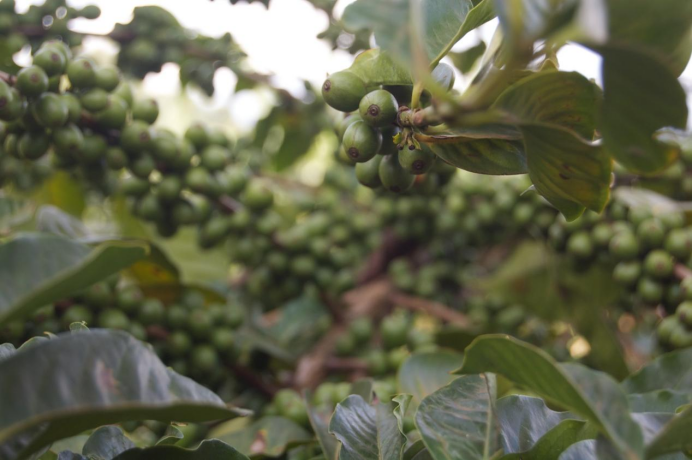
Since then, Kenya has spared no effort to develop varieties that are resistant to leaf rust. Ruiru11 is the first successful variety approved by the Kenyan Coffee Council, which can be understood as the Kenyan version of Katim. The Kenyan coffee beans mixed with Ruiru11 in the front street show a slightly less sweet and sour flavor and a slightly miscellaneous feeling. This also proves that the variety has an obvious effect on the flavor.
How do Kenyan coffee beans get the flavor of small tomatoes?
In order to preserve the rich acidity of Kenyan coffee, after multi-round cup test and comparison, Qianjie roasters use shallow roasting. In brewing, due to the hard texture of shallow roasted coffee beans, high-temperature hot water is needed to stimulate the flower and fruit flavor of the coffee. 92 ℃-93 ℃ is recommended here in Qianjie. Grinding degree Qianjie recommends medium fine grinding degree, that is, the thickness of fine granulated sugar (the pass rate of Chinese standard No. 20 screen is 78%). Too thick to extract mellow substances, brewed coffee will appear thin. Too fine is easy to be over-extracted at high water temperature, and coffee is easy to release too much bitterness.
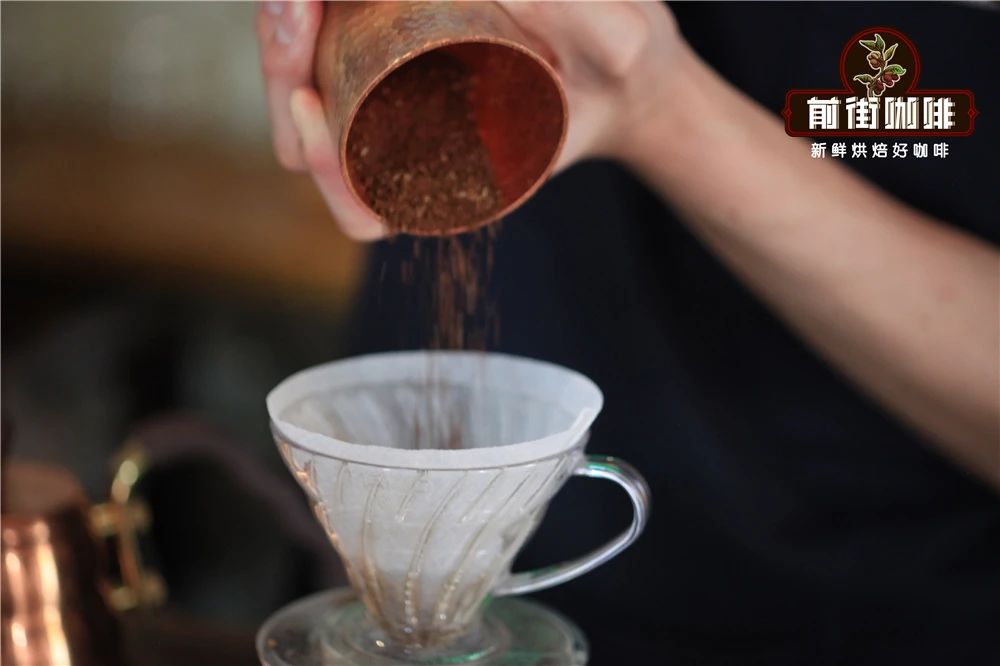
Filter cup: V60 water temperature: 92-93 ℃ powder quantity: 15g powder water ratio: 1:15 grinding degree: fine sugar size (No. 20 sieve bowl sieve powder to 78%)
Three-stage water injection: wet the powder bed with twice as much water as coffee powder to form a drum and steam for 30s, then fill the small water from the inside to the outer circle to 125g, wait for the powder bed to drop to half of the filter cup, and continue to inject the same fine water into the third section to 225g, until all the coffee liquid has been filtered and remove the filter cup for about 2 minutes. After the coffee in the filter cup flows into the next pot, remove the filter cup, then shake and share the coffee liquid in the pot evenly, and you can taste the flavor from the high temperature.
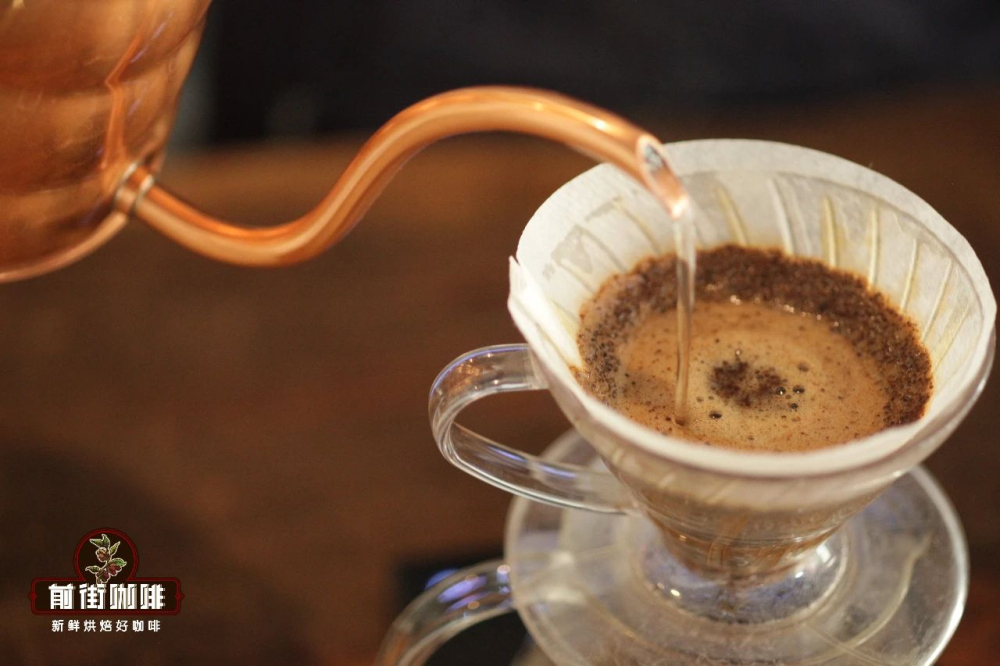
Hand-brewed Kenyan coffee shows small tomato, dark berry, black Brin fruit flavor, sweet reminiscent of honey, accompanied by a thick, round plum-like juice. The level is very rich, the entrance is mellow, and the finish is bright.
Professional coffee knowledge exchange more coffee bean information please follow the coffee workshop (Wechat official account cafe_style)
For more boutique coffee beans, please add private Qianjie coffee on Wechat. WeChat account: qjcoffeex
Important Notice :
前街咖啡 FrontStreet Coffee has moved to new addredd:
FrontStreet Coffee Address: 315,Donghua East Road,GuangZhou
Tel:020 38364473
- Prev
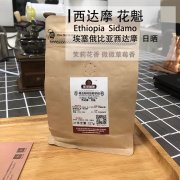
Ethiopian boutique coffee producing area Yega Xuefei and Sidamo introduce the brewing techniques and taste characteristics of Huakui coffee beans.
Due to the large area and complex social situation of coffee producing areas in Ethiopia, the coffee producing areas have always given people a very chaotic feeling. As a novice coffee rookie, it is very difficult to trace the coffee producing areas and understand the specific information of each producing area. Next, Qianjie Coffee will briefly introduce, ah, Ethiopia.
- Next
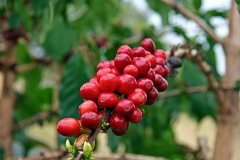
Influence of coffee bean producing area and its natural environment on coffee flavor and taste characteristics of Kenyan coffee
The flavor of a bean in African coffee Kenyan coffee producing area is closely related to its producing area, altitude, climate, treatment and variety. . Kenya is located in eastern Africa, the equator runs through the central part, and the Great Rift Valley of East Africa runs through the north and south. The environment is located in the tropical monsoon area, but affected by its high topography, it is a savanna climate with great seasonal differences in precipitation. Receive
Related
- Detailed explanation of Jadeite planting Land in Panamanian Jadeite Manor introduction to the grading system of Jadeite competitive bidding, Red bid, Green bid and Rose Summer
- Story of Coffee planting in Brenka region of Costa Rica Stonehenge Manor anaerobic heavy honey treatment of flavor mouth
- What's on the barrel of Blue Mountain Coffee beans?
- Can American coffee also pull flowers? How to use hot American style to pull out a good-looking pattern?
- Can you make a cold extract with coffee beans? What is the right proportion for cold-extracted coffee formula?
- Indonesian PWN Gold Mandrine Coffee Origin Features Flavor How to Chong? Mandolin coffee is American.
- A brief introduction to the flavor characteristics of Brazilian yellow bourbon coffee beans
- What is the effect of different water quality on the flavor of cold-extracted coffee? What kind of water is best for brewing coffee?
- Why do you think of Rose Summer whenever you mention Panamanian coffee?
- Introduction to the characteristics of authentic blue mountain coffee bean producing areas? What is the CIB Coffee Authority in Jamaica?

